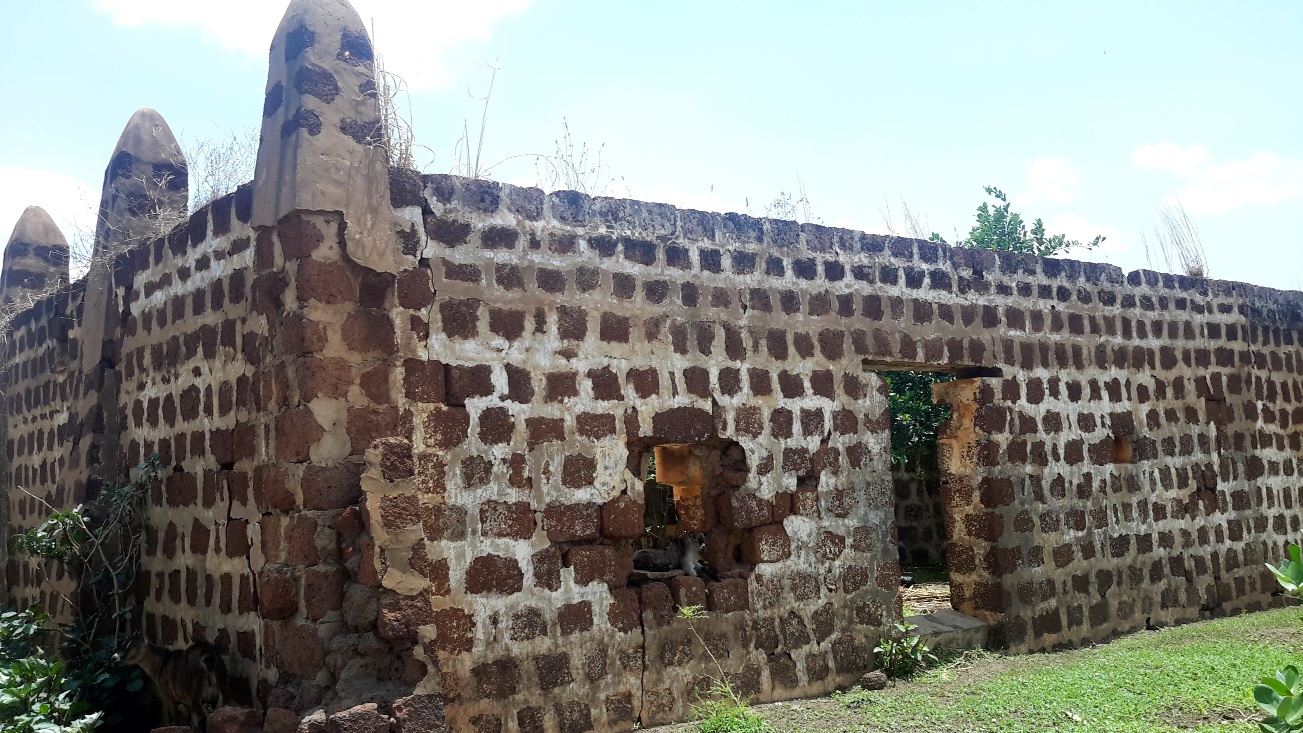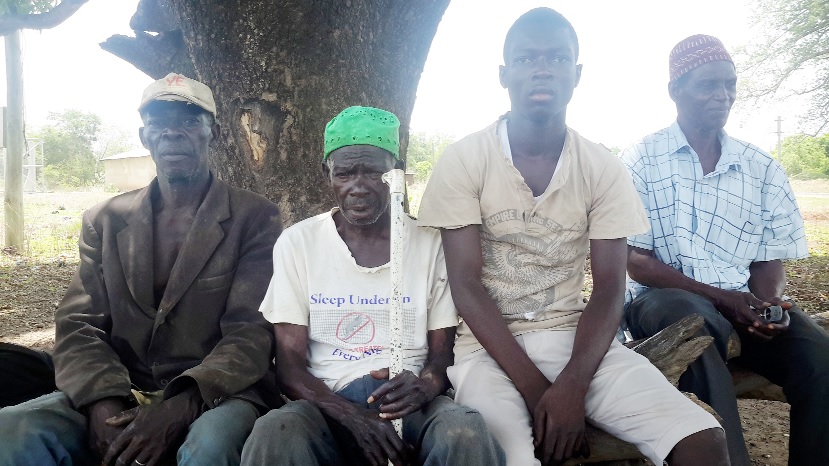
The Gonja Kingdom: The land, people and attractions
Although the origin of the Gonja Kingdom is not very certain, scholars have set the dawn of the 17th century as the beginning of the settlement of the descendants of Sumalia Ndewura Jakpa at Nyange in the Northern Region of Ghana.
Advertisement
As merchants and traders, they are part of the Guan-speaking tribes in the country and La Cote d’Ivoire who migrated from the then Mali Empire and, after years of wandering, settled southwards near the valley of the Black and White Volta rivers. The rivers offered natural defences, and the abundance of water was beneficial to them.
This is evident, given the presence of some monuments and settlements which served as hiding places from slave raiders.
To this day, Nyange serves not only as the ancestral kingdom of the Gonja but also as their spiritual home, although the Yagbonwura, the Overlord, is based at Damongo. That is why to this day, all religious and spiritual observances are performed there.
Rehabilitating the monuments
In an attempt to restore their homes and re-build these monuments, the Yagbonwura, Tuntumba Boressa I, has sent an appeal to all Gonjas to assist in the rehabilitation of their ancestral home, the first phase of which is estimated to cost GH¢4 million.
Nyange is situated just six kilometres from Sawla, a commercial town which serves as the gateway to Wa, Burkina Faso, Mali, Chad, Northern Nigeria, Tamale and Kumasi. The town is well connected on a 147-kilometre highway from Fufulso, Damongo to Bole through Sawla. Former President John Dramani Mahama is a Gonja from Bole.
The remains of the ancient buildings are now in ruins but the Yagbonwura’s palace, court for adjudication of cases, festival grounds, where all the five gates to the paramountcy celebrate their annual Damba Festival, and other sites are still standing and could be turned into a tourist attraction, with conference centres and a place of retreat.

The old palace
Architecture
These ancient monuments, such as the residence of the Yagbonwura, palace, traditional court and the homes of the wives of the king, were all built in similar sizes of stones in the form of a castle and held together by cow dung and sand. It is a beauty to behold since all stones used for the buildings were of the same size.
But this Kingdom was vacated by the people in 1942 due to the growth and expansion of Gonjaland, which made communication network between the overlord and his divisional chiefs and subordinates quite difficult. The then colonial masters, realising the need to build channels of communication, established a new palace at Damongo for the Yagbonwura where he rules over the Gonjaland. It stretched from Salaga to Kete-Krachi, some parts of the Afram Plains, present day Brong-Ahafo Region and Bole. Only one clan, currently headed by an 85-year-old man, Mr Iddisah Seidu, now inhabits the “holy home.”
According to Yagbonwura Boressa I, although they have moved from their ancestral home, some sacred customary rites and traditions are still performed there and they are welcomed during those occasions by the clan headed by Mr Seidu. These ceremonies included the confinement, enskinment and the final funeral rites of the Yagbonwura before his burial at Mankuma, about 12 kilometres away from Nyange.
The Yagbonwura stated that since their migration from the ancestral home, he is the seventh king to ascend the throne. His predecessors are Yagbonwura Awisi Bunyangso, the last king who migrated and ruled from 1942-1975. Others are Yagbonwura Kurabaso Abudu Mahama, Yagbonwura Timu and Yagbonwura Ewurabuyanso Kanyiti. The rest are Yagbonwura Iddi Jakpa Bi-Awuribi, Yagbonwura Saaka Isaah Atendengi Tikpiri, Yagbonwura Sarfo Amantana and Yagbonwura Doshie Bawa Abudu.

Mr Iddisah Seidu (2nd from left) and others members of the clan at Nyange briefing the Daily Graphic
Customary rites
On succession plan, the Gonja have five royal gates which rotate peacefully in the enskinsment of the Yagbonwura. They are the Bolewura, Kpenbiwura, Tuwelewura, Wasipewura and Kusuguwura. These customary rites are so sacred and detailed that there has never been any chieftaincy conflict over the years. According to the Yagbonwura, the beliefs and practices of the people which determine who succeeds whom and even those who worship at a particular shrine also assist to maintain the authority structure within the kingdom and to enhance the continuous existing relationship in the area.
Apart from these ancient monuments, Gonjaland is endowed with such tourist attractions as the Mole National Park, the biggest game reserve in the country which still has lions, elephants and other wild animals. It is located 146 kilometres west of Tamale. It also has the first mosque which was built by Ndewura Jakpa and the Mystic Rock which defied the efforts of the whites to move it away for the construction of the highway at Larabanga.
Stories have it that this mystic rock defied three attempts to be removed from where it now stands for the construction of the highway to Sawla from Fufulso, so the road had to be constructed around it.
Till this day, the legitimate power of the Gonja resides in the Yagbonwura. This includes issues relating to or affecting chieftaincy matters such as the hearing and determining of cases and appeals from the various traditional areas, disputes and the enskinsment of potential chiefs.




